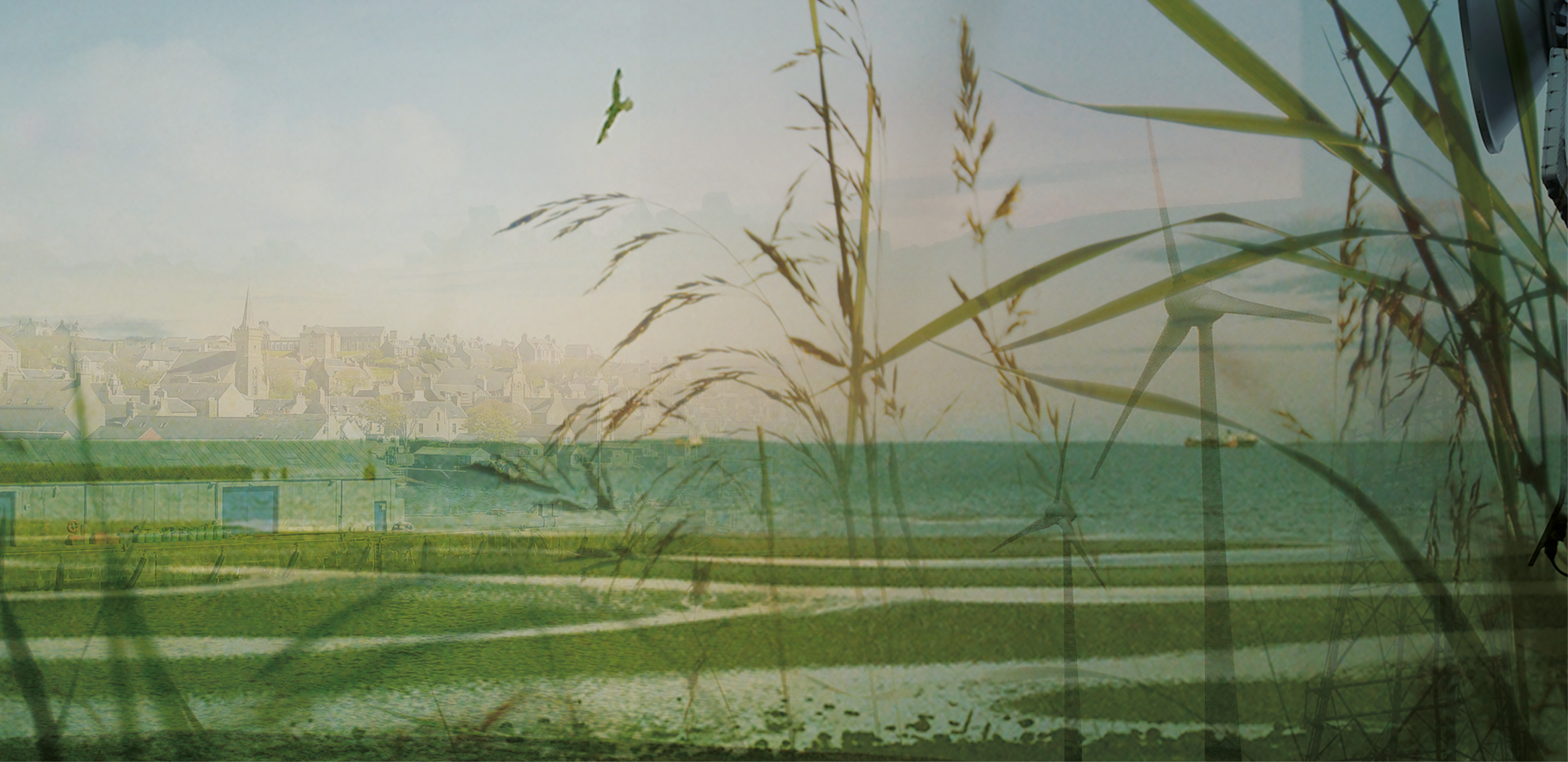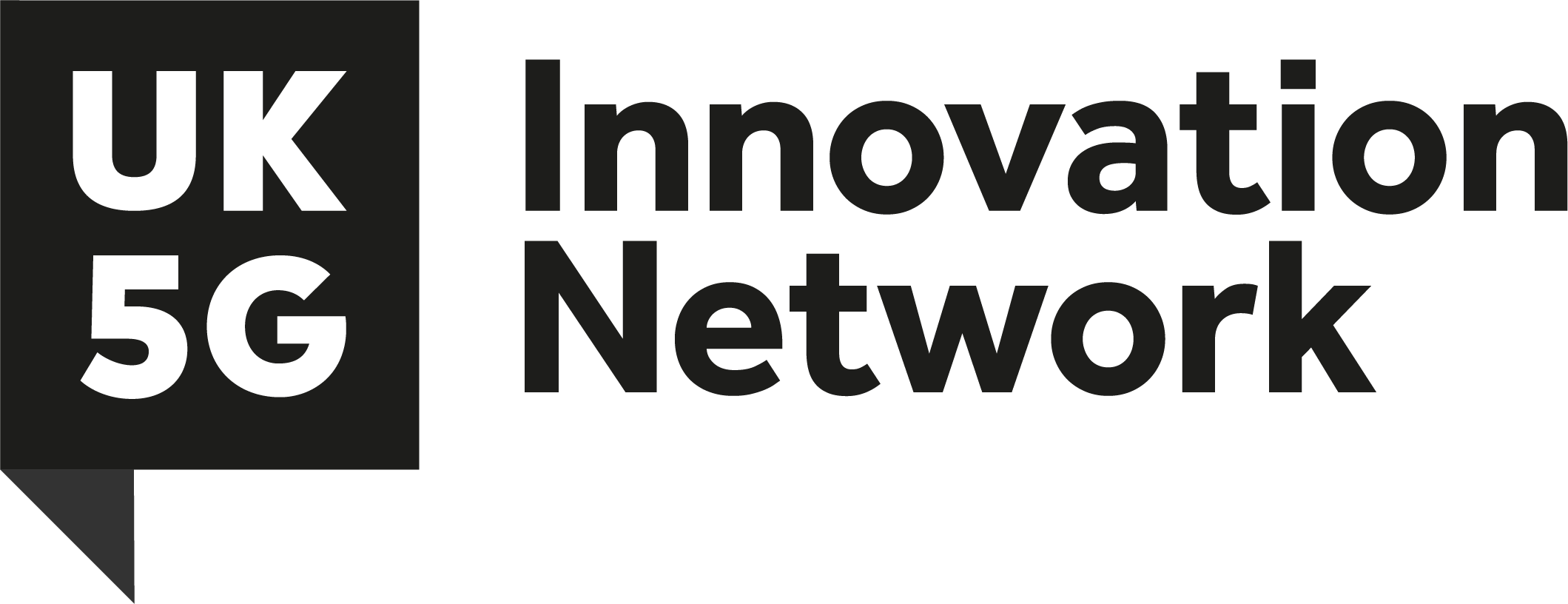Demonstrating the benefits of 5G to remote areas isn’t always easy.
Earlier this year, 5G RuralFirst took an innovative approach to getting the word out about our ‘connected cows’ in Somerset.
An app allowed members of the public to connect with cattle and track their daily progress in real time, showing off how improved connectivity is helping to improve the lives of farmers and their livestock.
For the second phase of our project, we wanted to turn people’s attention to Orkney. The archipelago is well known for its beauty, distinctive character, and being ruggedly rural.
It’s less well known for its network speeds.
It’s one of the worst-connected places in the UK and, resultantly, where our project’s ambitions have truly been stretched.
The 5G RuralFirst project has always been about going ‘beyond the city’, bridging the UK’s stark digital divide, and illuminating the potential for industries to flourish in even the most remote rural areas.
Our project is the most ambitious rural testbed within the UK government’s six 5G trials, bringing together more than 30 different partners from across the public and private sectors and working in some of the UK’s most challenging remote environments.
We’ve identified and overcome some of the unique challenges associated with rolling out a 5G network. This has involved pioneering work on spectrum sharing technology and industrial Internet of Things applications.
But it’s not always easy to explain the real, tangible benefits of this work. Not everyone gets as excited about high bandwidth and low latency ratios as we do.
So, just as we did with our Me+Moo connected cows app, we aimed to illustrate the project’s achievements in a way that everyone can appreciate.
To do this, we worked with award winning Orkney-native composer, Erland Cooper, to bring together the core elements of our project, and some of what makes his homeland so special.
Taking the land, sea, air, connectivity, and community as inspiration, we compiled field recordings made at our use case sites around Orkney, invited residents to submit their own sounds, and planted remote, 5G-enabled microphones in the landscape to send a live audio stream back to Erland’s London studio.
Erland then composed these different layers of sound into a beautiful extended piece of music.
The resulting eleven-and-a-half-minute sonic portrait is Tapestry.
The title is a nod both to the woven layers of sound in the resulting piece, and to An Orkney Tapestry – the George Mackay Brown book that Erland has used as an inspiration for his solo work in recent years.
Accompanying the track is a series of films, with each focusing on one of the elements used to inspire the track – and reflecting how the 5G RuralFirst use cases are offering new opportunities to those living and working in Orkney.
This is Tapestry – the sound of a 5G Orkney.

To find out more about the campaign, watch the films, and learn more about the use cases that have inspired it all, head to 5gruralfirst.org/orkneysounds/


